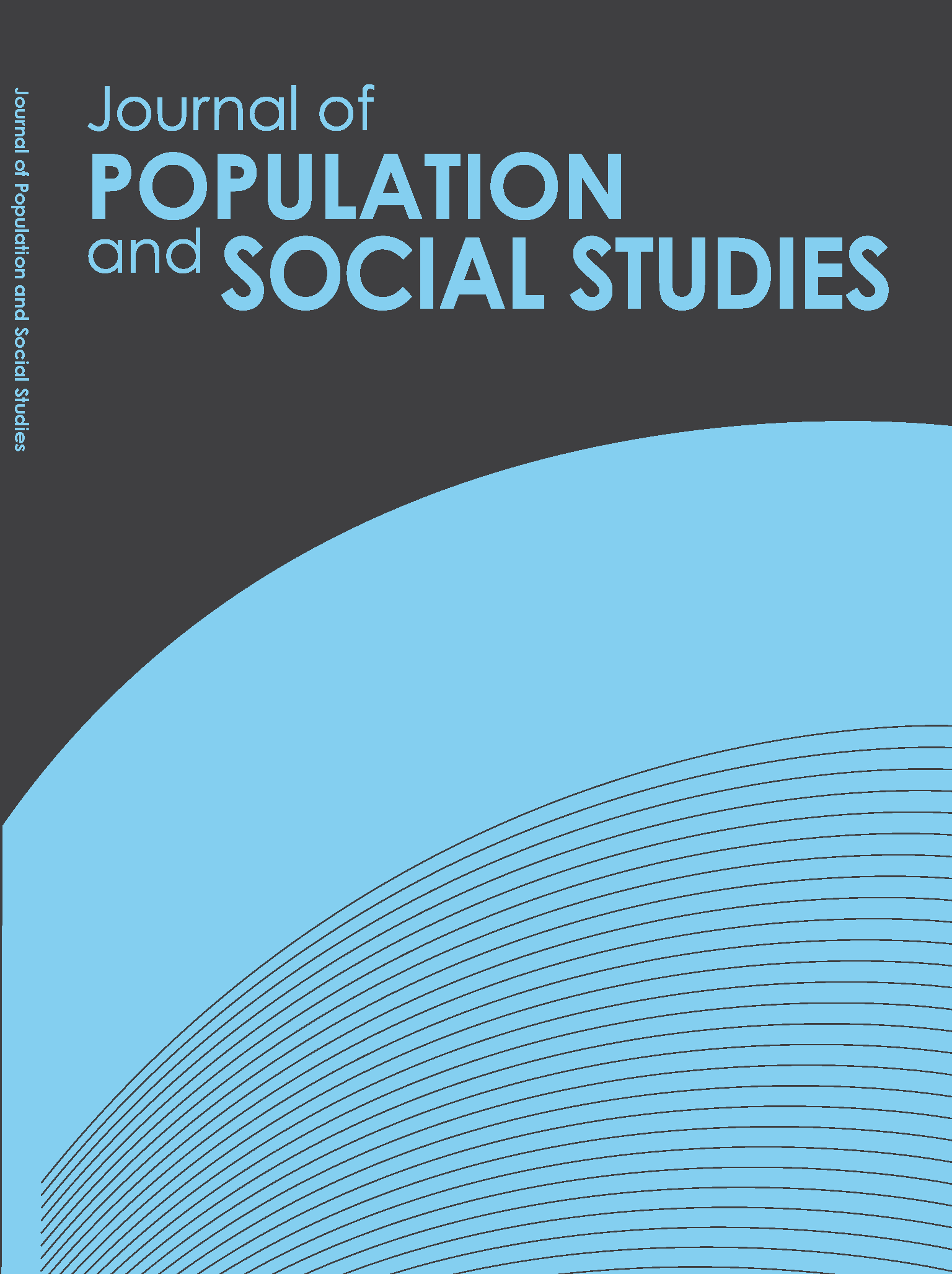Self-Drive and Women’s Pursuit of Physical Attractiveness: A Segmentation Study on Bangkok’s University Students in a Breast Enlargement Context
Main Article Content
Abstract
The objective of this study is to identify segment structure and segment sizes on the basis of differing degrees of self-drive toward the pursuit of physical attractiveness. The study identifies two elements of self-drive that motivate the pursuit of physical attractiveness: discrepancies between individuals’ ideal end-states and their actual states (ideal-actual discrepancy); and, the degrees of importance that the pursuit of physical attractiveness is to individuals (self-attributed motivation). Segments then were identified on the basis of these two elements of self-drive. A survey
on a sample of 687 female university students in Bangkok was conducted to investigate their motivations toward breast enlargement. Data were subjected to a combination of hierarchical and non-hierarchical cluster analyses to establish internal validity and was compared to the respondents’ actual behavior in order to ensure external validity.
Clustering results yield a five-segment solution. External validity test results reveal that the five segments identified are practically valid. These five segments are labeled as: status quos, passives, keen pursuers, active seekers, and prospects. Results are discussed in the light of implications for social policy-makers and for future research possibilities.
on a sample of 687 female university students in Bangkok was conducted to investigate their motivations toward breast enlargement. Data were subjected to a combination of hierarchical and non-hierarchical cluster analyses to establish internal validity and was compared to the respondents’ actual behavior in order to ensure external validity.
Clustering results yield a five-segment solution. External validity test results reveal that the five segments identified are practically valid. These five segments are labeled as: status quos, passives, keen pursuers, active seekers, and prospects. Results are discussed in the light of implications for social policy-makers and for future research possibilities.
Article Details
How to Cite
Mahaekkanant, E. (2010). Self-Drive and Women’s Pursuit of Physical Attractiveness: A Segmentation Study on Bangkok’s University Students in a Breast Enlargement Context. Journal of Population and Social Studies [JPSS], 18(2), 129–154. retrieved from https://so03.tci-thaijo.org/index.php/jpss/article/view/84679
Section
Research Articles


